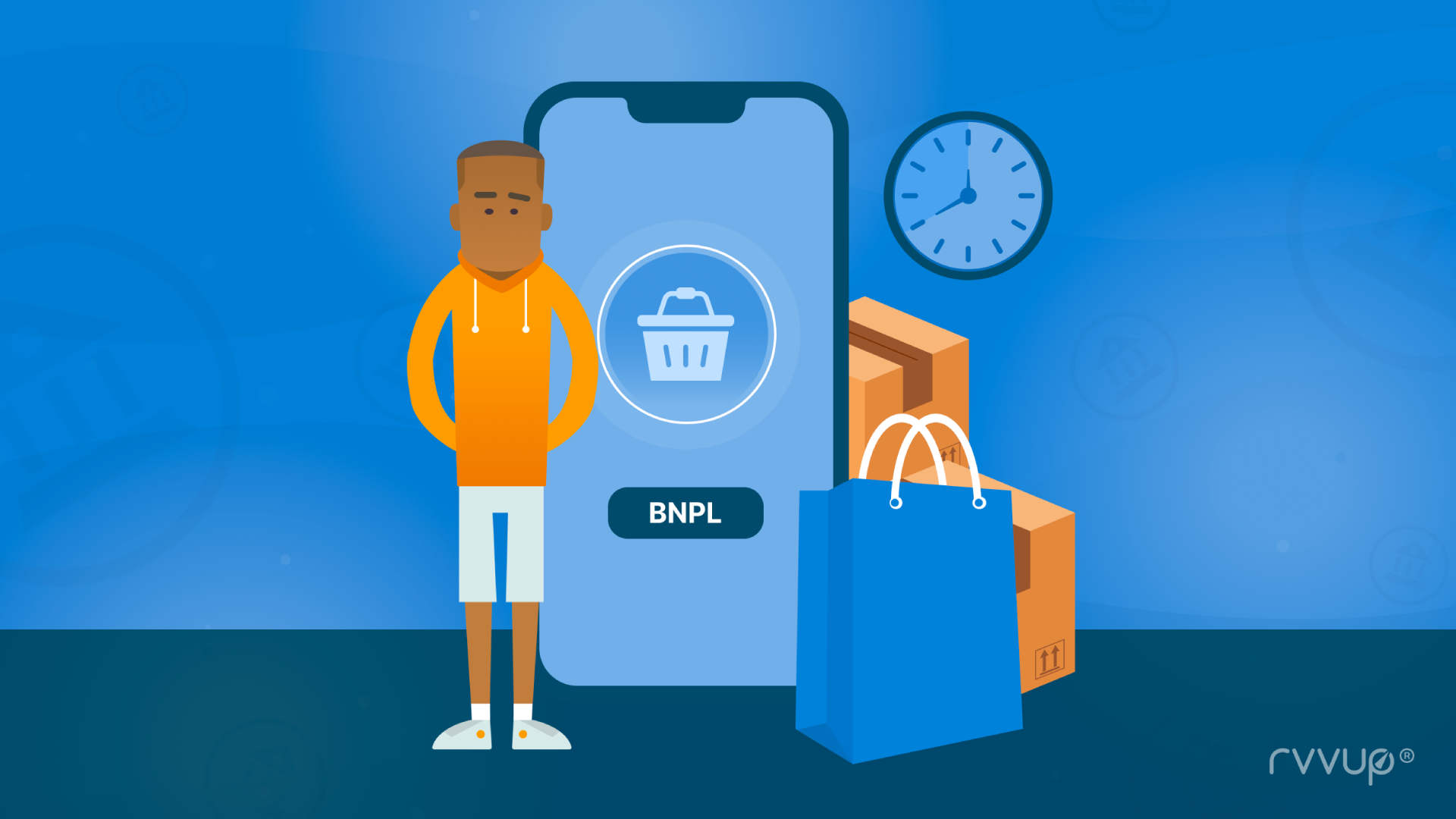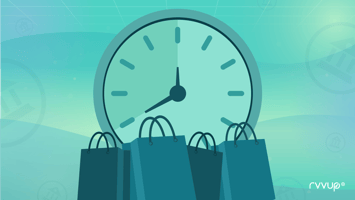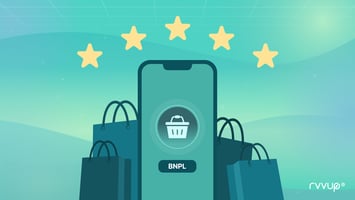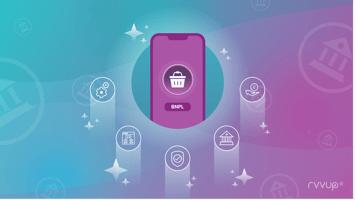What Is Buy Now, Pay Later?

As it sounds, Buy Now Pay Later quite literally means you can buy a product immediately – and receive it as quickly as you’d expect an online purchase to arrive, but you can pay for it at a later date. Payments are usually taken in weekly or monthly instalments. It might sound the same as a credit card to you – and it does use your card, but there’s a difference. In this article, we’ll give you an overview of what Buy Now Pay Later is and why it’s become so popular.
A Very Short-Term Loan
Many e-commerce websites now offer Buy Now Pay Later options at the checkout giving consumers more flexibility over their purchases by allowing them to take out a very short-term loan, without interest (or very small interest). Buy Now Pay Later is essentially a small loan. Often referred to as BNPL, it divides purchases into installments. The first instalment is taken at the moment of purchase and the remaining payments are scheduled - usually a few weeks or a month apart - and are automatically taken from the consumer’s credit or debit card on fixed dates until the full amount is paid off.
How It Works
There are various different types of BNPL, for example, Clearpay, Klarna, Splitit, and even PayPal offer it. When the consumer reaches the checkout page, they can choose to pay for their goods as normal, using card details, opt for Pay by Bank via Open Banking, where their payment is directed through their bank account with no need to key in details, use PayPal or select a Buy Now Pay Later option, if offered.
In choosing BNPL, the website customer can split their purchase amount into smaller amounts over time (usually 3 or 4 instalments). Once BNPL is selected, the buyer fills in a very brief application on the checkout page. Usually, the information consists of name, email address, date of birth and phone number. Next, the BNPL provider will conduct a soft credit check and approve or deny the request in moments.
Once approved, the consumer chooses how they want to split the amount. As an example, if the consumer purchases a pair of shoes for £100 and wants to split the payment, they could split it into 4 instalments of £25. The purchase is then paid off over 4 months or it could be paid off over 2 months if the consumer selects to make payments every two weeks.
Are There Any Downsides?
Buy Now Pay Later is definitely convenient and it’s better than using a credit card to pay with higher interest rates, but it is still a debt. If consumers don’t manage their finances properly, BNPL could result in greater debt for some people, but it is an easier way of spreading the cost of larger purchases. Another potential problem associated with Buy Now Pay Later is that there’s a lack of consumer protection and it’s not as secure as Open Banking because it collects consumer data. Before considering Buy Now Pay Later, buyers should check the interest rate – many companies and plans offer zero interest rates but be wary of those adding interest to instalment payments as this only adds to debt.



